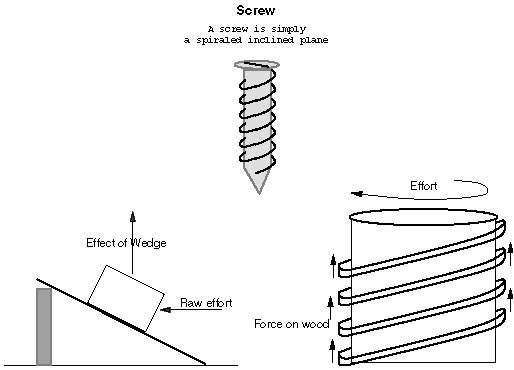A screw thread is a helical structure.
The development of a screw thread when unwound from the body of a screw is an inclined plane in which the inclination of the plane is equal to the helix angle of the thread.
If we consider the nut to be like a weight on that inclined plane, then the slope could make that weight slide down by itself.
Friction is the force that prevents that from happening.
Sufficient torque and locking devices try making that friction sufficiently high to avoid the nut or screw to get loose.
Coarse threads mean the slope of the plane is steeper, requiring more friction to avoid auto-unscrewing than fine threads.
That is the reason for which fine threads are mainly used in high vibration applications.
However, the crest of a coarse thread is stronger than the crest of a fine thread, reason for which coarse threads are use where stronger clamping force is needed.
In cases that require even more axial force, the V-shape thread is upgraded to a trapezoidal-shape thread (the type that you see in a bench vise or C-clamp.
http://www.boltscience.com/pages/nut...tightening.htm
http://www.boltscience.com/pages/vibloose.htm

